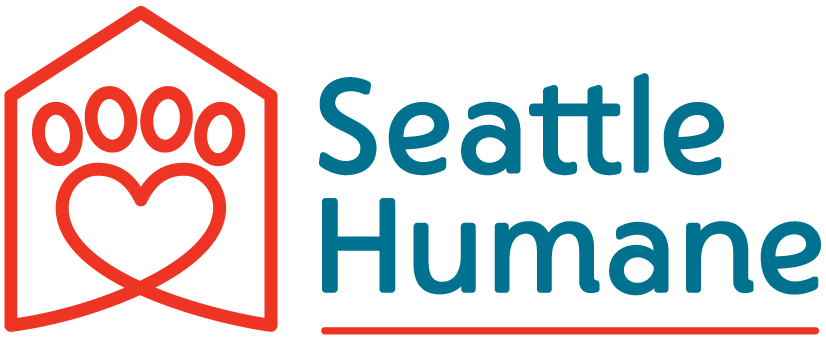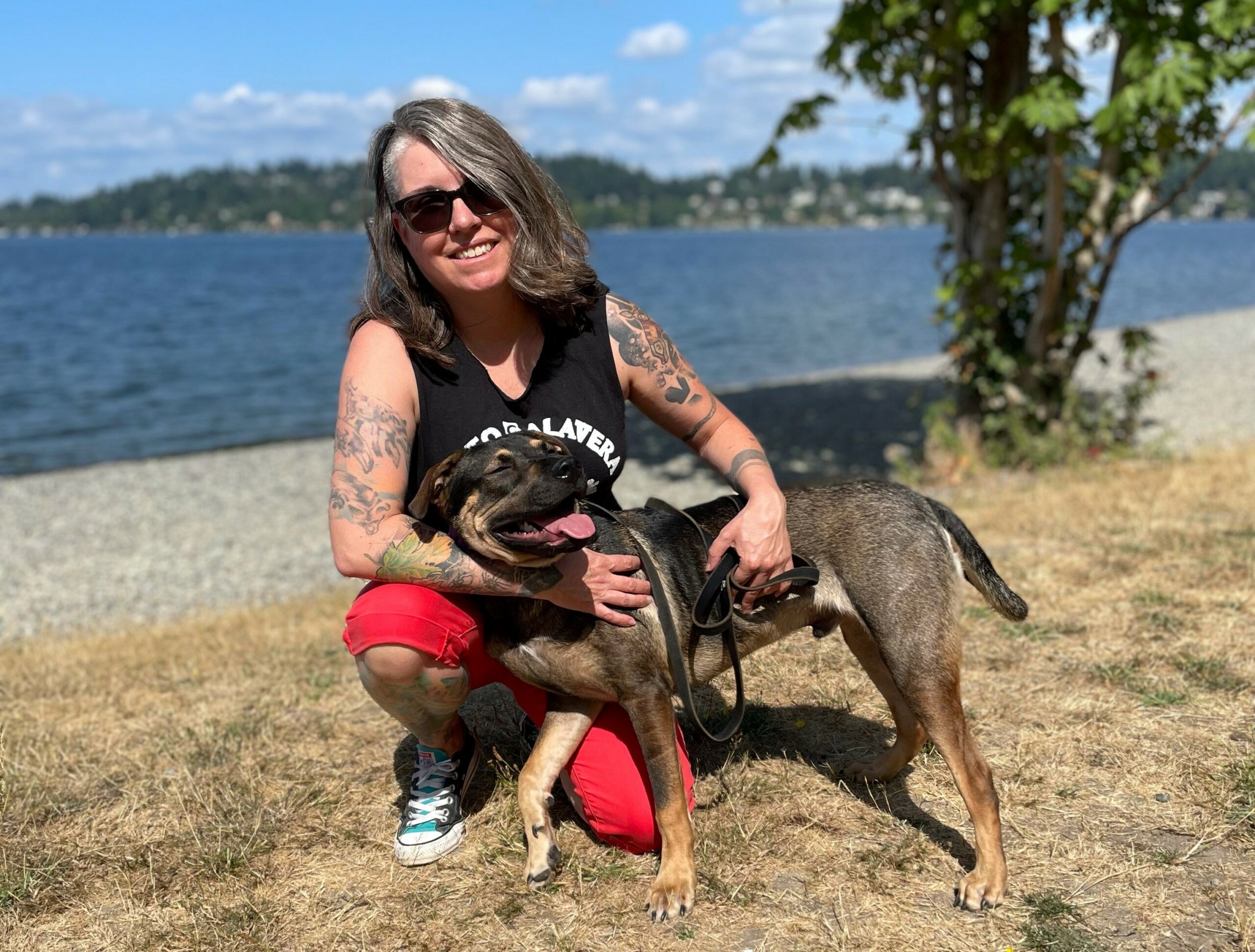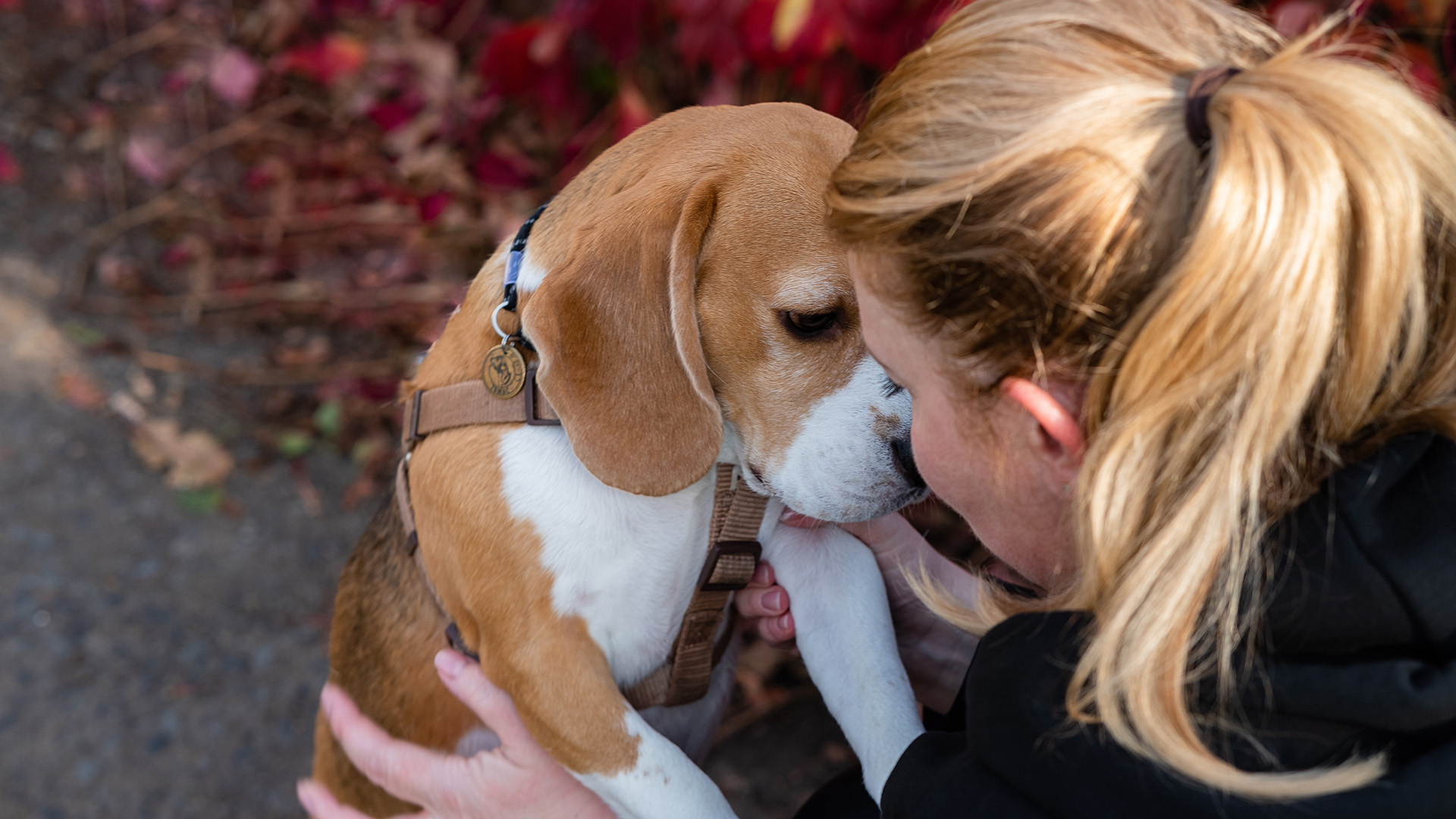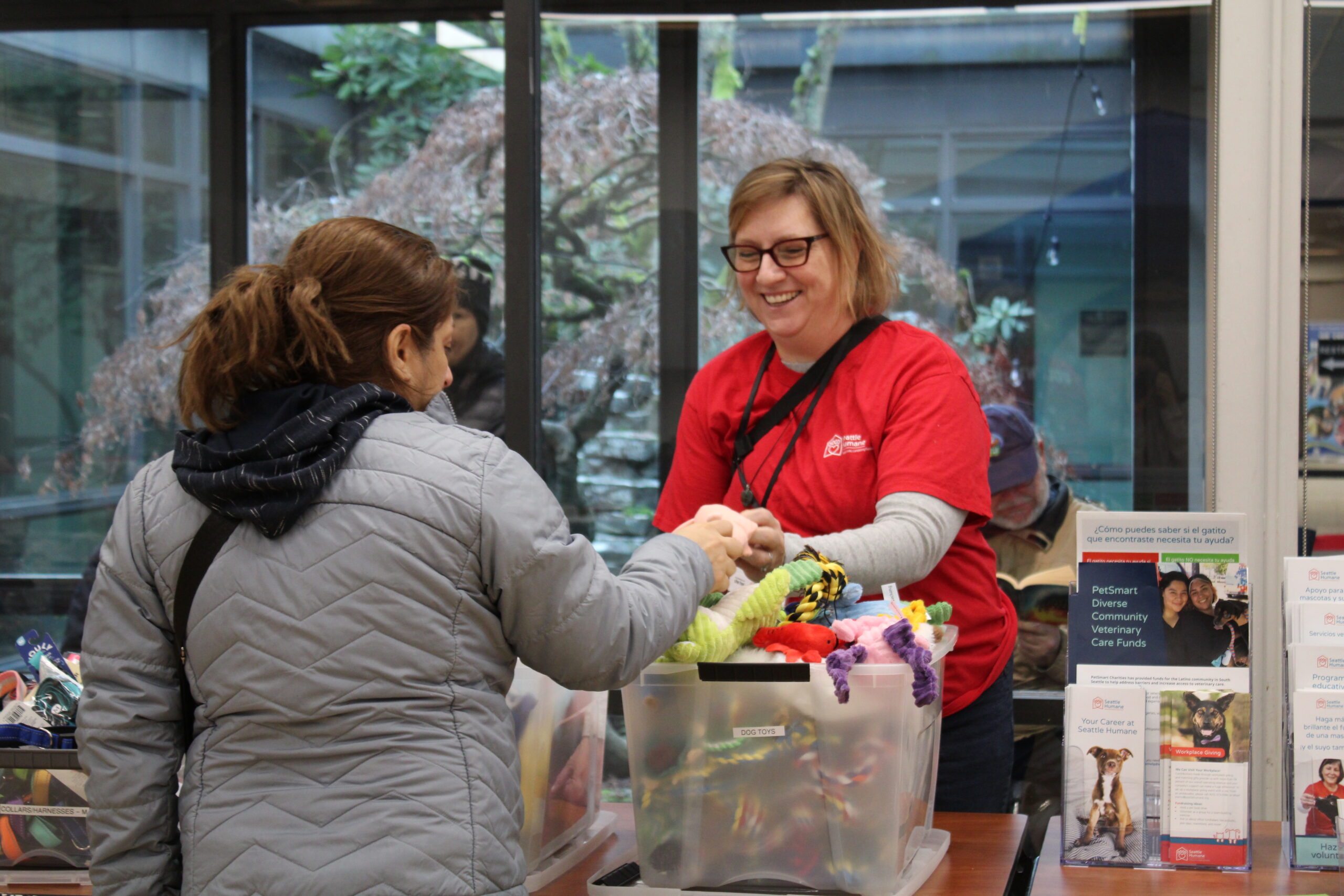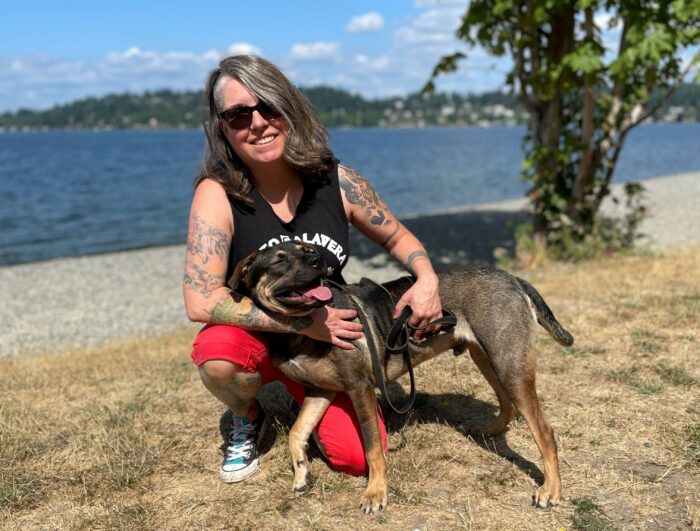
Some of us have been lucky enough to be able to work from home during the pandemic, while many others lost employment or had the extra stress of juggling childcare and work. There’s no doubt COVID-19 has had an effect on everyone, in one way or the other. One silver lining is that our pets have helped us through this difficult period and they’ve surely loved having us home with them! As many employers look to bring staff back to the office and children return to the classroom, I’ve been hearing a lot of concerns from pet owners and new adopters about how their furry family members will respond to being left home alone, in some cases for the first time.
What is Separation Anxiety?
It’s important to understand that dogs with true separation anxiety exhibit a very high level of anxiety (drooling, trembling, pacing, attempting to escape, not wanting treats or food, and even injuring themselves) only when left alone, or when anticipating that they are about to be left alone. It is unclear exactly what triggers separation anxiety, and there may be certain dogs who are predisposed to experiencing it. Cats can experience this anxiety as well.
A major life change, or change in routine, may be a factor for these pets. So, concerns about your pet developing separation anxiety following your return to the office– after more than a year working together at home – are completely valid.
Helping Your Pet Be More Comfortable Alone
We have some suggestions that may help prevent your pet from developing separation anxiety, or just to make them happier and more comfortable being left alone. If your pet is already exhibiting signs of stress when left alone, we recommend that you consult with a behavior specialist because the training for this must be done carefully and methodically.
Start by leaving your pet home at least once every day, for a short period of time (2-15 minutes) and work your way up gradually. This will give them a sense that being left alone is still a part of the normal routine—and, that you will come back! Don’t make your comings and goings a big deal. Just ignore them for the five minutes before you leave and the first five minutes when you return, or until they’ve had time to calm down.
One way to help your dog feel better about, or even look forward to, some alone time is to provide them with a special chew treat, or treat-stuffed toy that they love, but only receive when they’re left alone. For cats, a treat-dispensing puzzle toy can be a great way to achieve this.
Dogs are great at picking up on departure cues (the things you do that your dog learns are a sign that you are getting ready to leave) and they can even discern your “dog park” shoes from your “day at the office” shoes! Things like picking up your keys or grabbing your laptop bag can become a signal to your dog that they will be left alone. But there’s good news! You can teach them not to associate all of these actions with your departure by simply doing them, but then staying put. It might feel a little silly, but your dog won’t judge you.
Crate training can also be great for dogs and offers a relaxing space just for them, where they can find toys and treats. However, crate training is not recommended if your dog is already exhibiting signs of separation anxiety.
Daily Strategies for Healthy, Happy Pets
It should go without saying that pets always need exercise, mental stimulation, and appropriate toys to help them burn energy and avoid becoming bored. All pets will benefit from daily active play or training sessions with you. Dogs (and some cats!) will benefit from a long walk or run before you leave for the day. Dogs need something good to chew on and cats need places to scratch. Cats enjoy exploring, climbing, and having spaces to hide such as cat trees, boxes and tunnels. You can also set up a bird feeder next to a window, so your cat can have some live entertainment.
Returning to the office will undoubtedly be a big adjustment for you and your pet, so it’s good to start working on easing the transition back to this new normal as soon as possible. You may still want to consider enlisting the help of a behavior specialist to have the best chance at success.
Emily Keegans is the Chief of Animal Behavior at Seattle Humane. Keegans is a Certified Professional Dog Trainer and Certified Behavior Counselor-Canine. She lives in Seattle with her husband and two cats.
